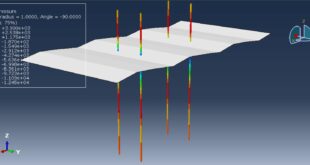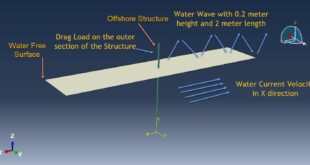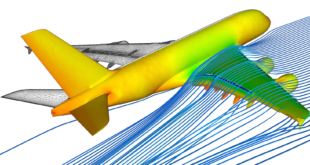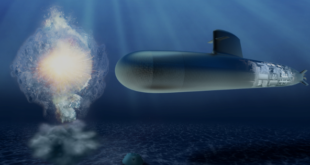Sloshing Analysis and Simulation in Abaqus
Sloshing refers to the movement of liquid inside a partially filled container due to external forces such as vibrations, accelerations, or seismic activity. This phenomenon is critical in various industries, including aerospace, automotive, marine, and civil engineering, where the dynamic behavior of liquids in tanks can significantly impact the stability and safety of structures
Sloshing Analysis involves studying the fluid dynamics within a container to predict the forces, pressures, and wave patterns generated by the liquid motion. This analysis is essential for designing tanks, fuel systems, and other liquid-storage structures to ensure they can withstand the dynamic loads caused by sloshing
Sloshing Simulation in Abaqus
Abaqus is a powerful finite element analysis (FEA) software that can be used to simulate sloshing phenomena. While Abaqus is primarily known for structural analysis, it can also handle fluid dynamics problems, including sloshing, through specialized techniques and coupling with computational fluid dynamics (CFD) tools, ALE, CEL, SPH, and Acoustic method
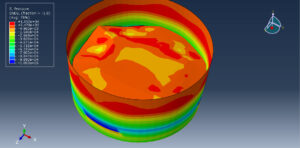
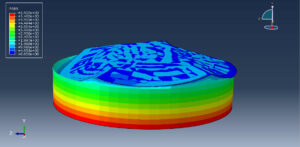
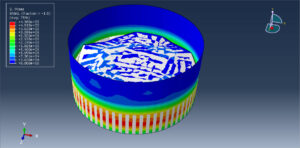
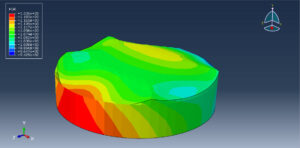

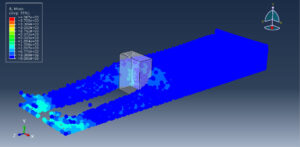
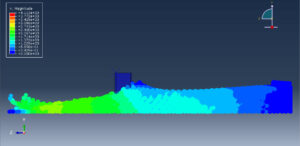
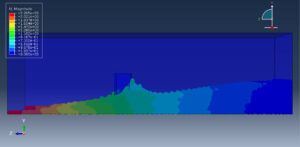
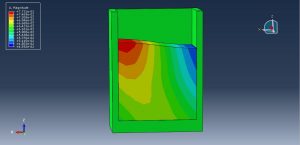
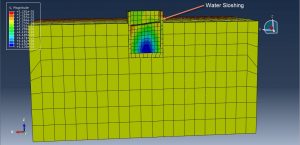
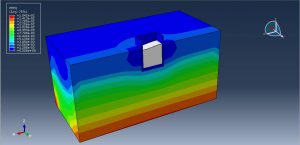
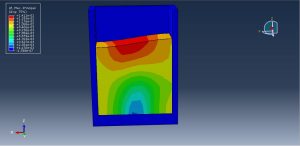
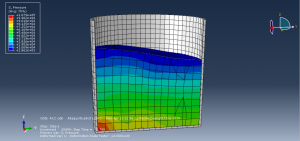
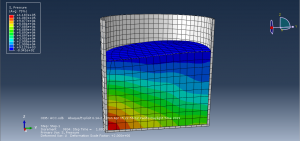
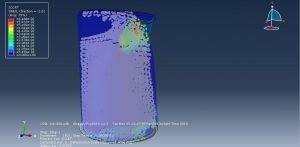
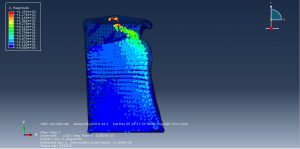
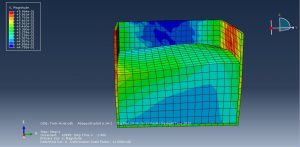
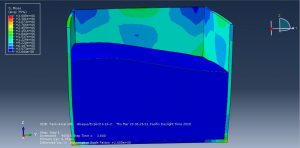
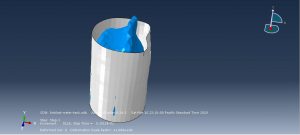
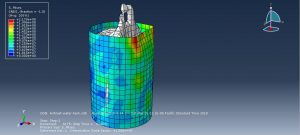
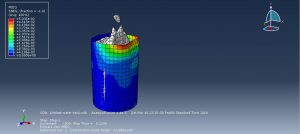
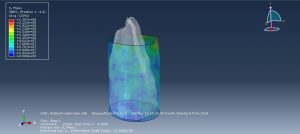
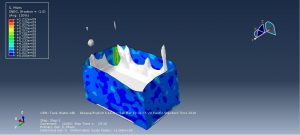
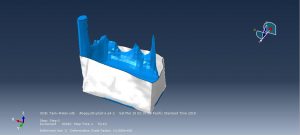
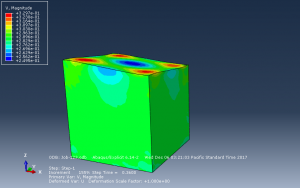
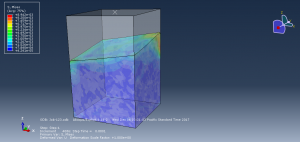
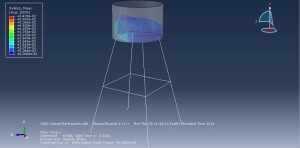
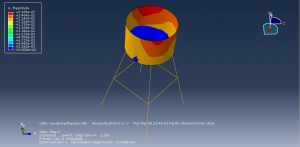


Key Aspects of Sloshing Analysis
Fluid-Structure Interaction (FSI)
Sloshing involves the interaction between the liquid and the container walls. The forces exerted by the liquid can deform the structure, and the structural deformation, in turn, affects the liquid motion
Natural Frequencies and Resonance
Sloshing has natural frequencies that depend on the liquid depth, tank geometry, and fluid properties. If the external excitation frequency matches the natural frequency of the sloshing, resonance can occur, leading to large amplitude waves and potentially damaging forces
Nonlinear Behavior
Sloshing is inherently nonlinear, especially for large amplitude waves. The liquid surface can exhibit complex behaviors such as breaking waves, splashing, and impacts on the tank walls
Damping Effects
Damping in sloshing is caused by viscous effects, surface tension, and energy dissipation due to wave breaking. Accurate modeling of damping is crucial for realistic simulations

Applications of Sloshing Analysis in Abaqus
Aerospace: Fuel sloshing in aircraft and spacecraft tanks
Automotive: Liquid motion in fuel tanks and vehicle dynamics
Marine: Sloshing in ship tanks and offshore structures
Civil Engineering: Water sloshing in storage tanks during earthquakes
Challenges in Sloshing Simulation
Computational Cost: High-fidelity sloshing simulations can be computationally expensive due to the need for fine meshes and small time steps
Modeling Complexity: Capturing nonlinear effects like wave breaking and splashing requires advanced modeling techniques
Validation: Experimental validation is often necessary to ensure the accuracy of the simulation results
By leveraging Abaqus’ advanced simulation capabilities, engineers can gain valuable insights into sloshing behavior and design safer, more efficient liquid storage and transport systems
 Abaqus tutorials Abaqus tutorials
Abaqus tutorials Abaqus tutorials
